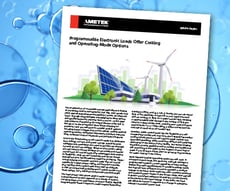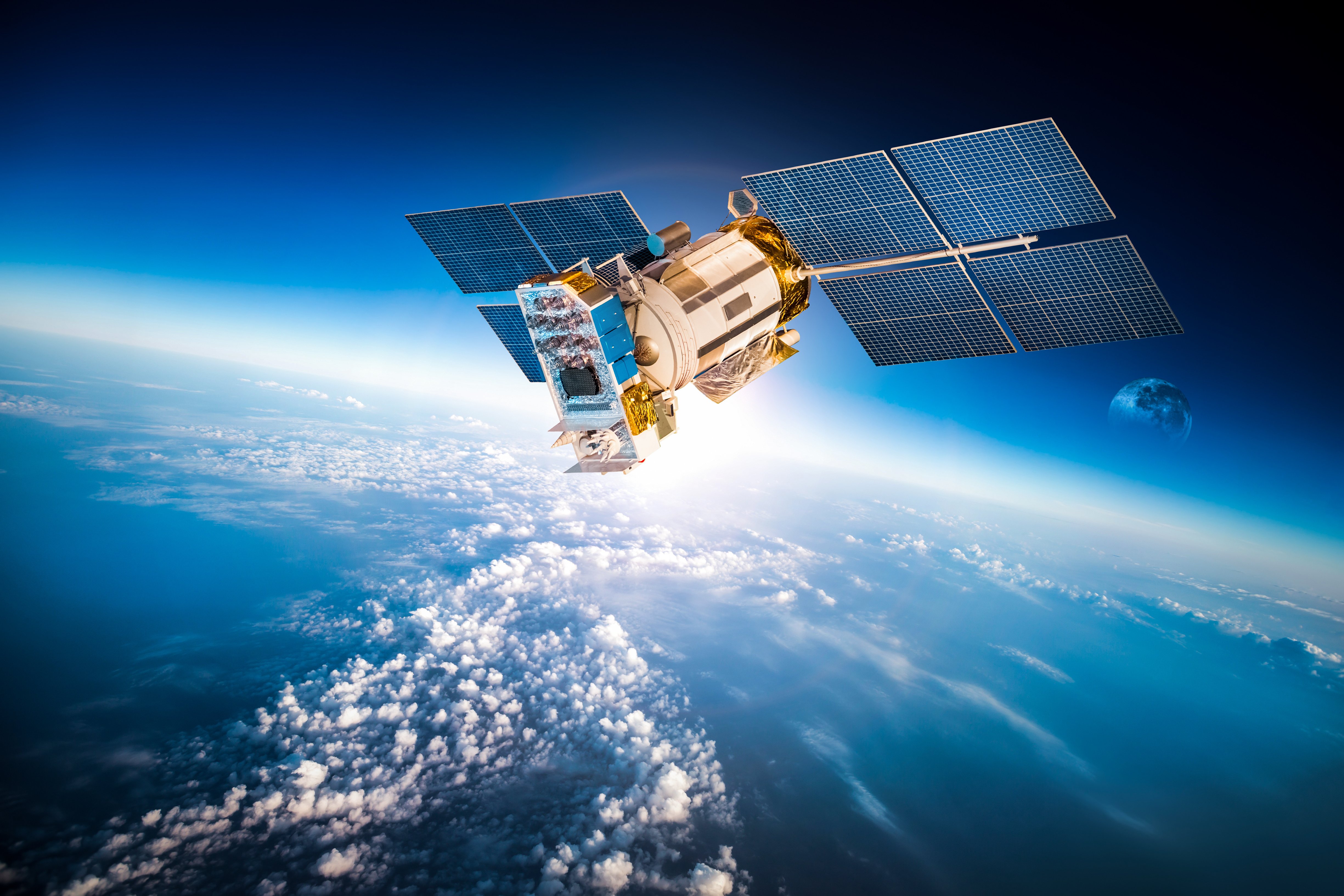White Paper Details How to Choose Air- and Water-Cooled Electronic Loads
If you are working in the renewable-energy field, you can benefit from using a programmable DC electronic load to test batteries, fuel cells, and solar panels. Even if you are working with more conventional energy sources, an electronic load can be a useful instrument to have on hand to test power supplies, battery chargers, ultracapacitors, and other devices that generate a DC voltage.
A key choice you will need to make, after determining power, voltage, and current ratings, is whether to choose an air-cooled load or a water-cooled load. You might think that’s an easy choice. “I don’t have the infrastructure for water-cooling,” you might say, “so I am going with an air-cooled load.”
And that might indeed be your best choice. You can probably install a 5kW air-cooled load without overheating your lab or factory. But if you add a 50kW load, you could be seriously overburdening your facility’s HVAC infrastructure.
In general, the higher the power level your load is operating at, the more attractive a water-cooled load becomes. Unfortunately, you won’t find a specific power-rating number above which a water-cooled load is always your best bet. Your optimum choice will depend on your application, your facility, and your expectations for upcoming months or years.
For example, if you don’t have water-cooling infrastructure and need a single 7.5kW load, an air-cooled load might be your best choice. At that rating, a water-cooled load could be about half the price of the air-cooled version, but the money you would save by choosing the water-cooled load would not offset the expense you would incur installing a water chiller and the associated plumbing. However, if you anticipate adding more kilowatts of loads in the coming months, it might be advisable to buy the 7.5kW water-cooled load now and install the chiller, selecting one large enough to meet your future needs.
Examples of electronic loads include AMETEK Programmable Power’s air-cooled PLA Series and the water-cooled PLW Series, both of which use power MOSFETs to dissipate heat. Standard models in the air-cooled series offer ratings from 800W to 7.5kW, while standard models in the water-cooled series offer ratings from 6kW to 36kW. Custom configurations are available with significantly higher ratings, but the standard model specifications suggest sweet spots for air-cooled and water-cooled load ratings.
Note too that at the 6kW level (the lowest rating for a standard water-cooled PLW model), a single air-cooled electronic load might be your best option, but if you need racks of 6kW loads to handle multiple devices under test in parallel, then water-cooling can look like the more attractive option.
An alternative to air- or water-cooling is to transfer at least some excess power to the grid using a regenerative load. Regeneration can make sense for high-power applications running nearly continuously, such as grid simulation for PV-inverter test. But a regenerative DC load would lack the fast transient response of nonregenerative loads, and regenerative operation raises power-company concerns and safety issues, making it impractical for many applications.
Water-cooling vs. air-cooling is just one of the choices you will face when choosing an electronic load. A related consideration is that you will want high power density to save valuable lab space (a consideration that will favor the water-cooled load).
Regardless of the air- vs. water-cooling choice, you will want a load that can operate in constant-voltage, constant-current, constant-resistance, and constant-power modes. Programming capabilities will also influence your electronic-load choice. Some loads include built-in functions that apply single-pulse or square-wave loads to the device under test. And some let you program complex, custom waveforms in steps, where you program the current level (for constant-current operation) and the dwell time for each step. A load with this capability can simulate a product running in a high-power normal load, then switching to a low-power standby mode, and then switching to any of several intermediate power modes.
For maximum flexibility, you will want an electronic load that lets you operate it via the front panel or by means of an external computer over a GPIB, RS-232, Ethernet, or USB interface using SCPI commands. And a load with flexible triggering options can help synchronize your load’s operation with external instruments or events. On PLA and PLW models, an LCD indicates real-time input voltage and current and mode status, and a keypad includes hot keys to initiate step, pulse, toggle, trigger, and many other operations.
Other features to investigate extend from transient response (PLA and PLW loads can switch from one current level to another in 50 ms) to protection mechanisms (including overvoltage, overcurrent, overpower, overtemperature, and reverse-voltage protection for the PLA and PLW loads). For more on these and other issues, see AMETEK Programmable Power’s new white paper, Programmable Electronic Loads Offer Cooling and Operating-Mode Options and a related infographic on the PLA/PLW Series electronic loads.




